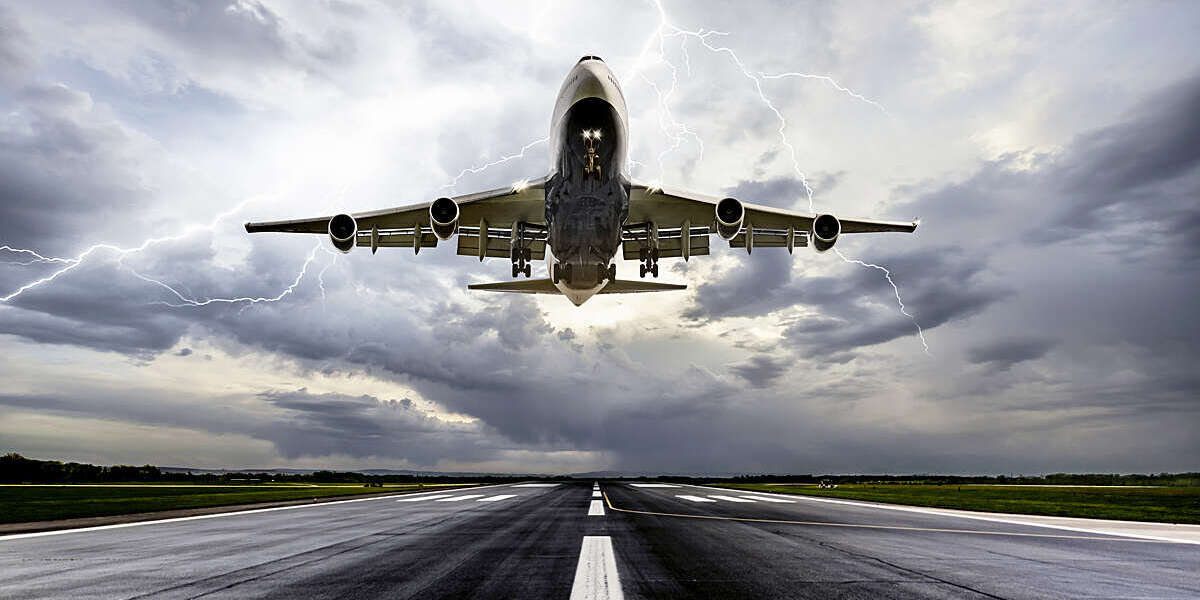As the COVID-19 pandemic continues to take its toll on lives and economies around the world, there is no doubt that it has had a severe impact on the aviation industry. Séverin Drogoul, an expert with over 35 years’ experience in the industry, looks at the challenges and explains how the sector can avail of opportunities for a sustainable recovery.
Aviation and the airline industry have had a turbulent history, facing major blows, such as the aftermath of 9/11, the SARS pandemic 2002-2004, the disruption to air travel caused by the Eyjafjallajökull volcano in Iceland in 2010, among others. But the shock to the industry caused by the COVID-19 pandemic is of another magnitude altogether – “unprecedented” is the word we see and hear time after time.
As the virus spread around the world and countries went into lockdown, airlines were grounded and air travel practically ground to a halt. According to the International Air Transport Association (IATA), airlines are expected to lose a record USD 84 billion in 2020, more than three times the loss made during the global financial crisis.
Airline stocks have moved into the red, some companies have gone to the wall – for example, Flybe in the UK in March, Virgin Australia in April – and national airlines are suffering. The International Airlines Group, for instance, which owns British Airways, reported a second-quarter loss of more than two billion British pounds after its passenger business collapsed.
Given the downturn in air travel, economic recession and ongoing health fears, it is difficult to see how the industry can respond to the challenges and make a sustainable recovery. Séverin Drogoul, French representative for technical committee ISO/TC 20, Aircraft and space vehicles, and President of SD Consulting – Aerospace Advisory, has over 35 years’ experience in the aerospace sector. As countries continue to wrestle with the virus, ISOfocus asked him how the industry is dealing with the fallout of the pandemic, finding solutions to the challenges, and how it can find opportunities in disruption.







Leave A Comment
You must be logged in to post a comment.